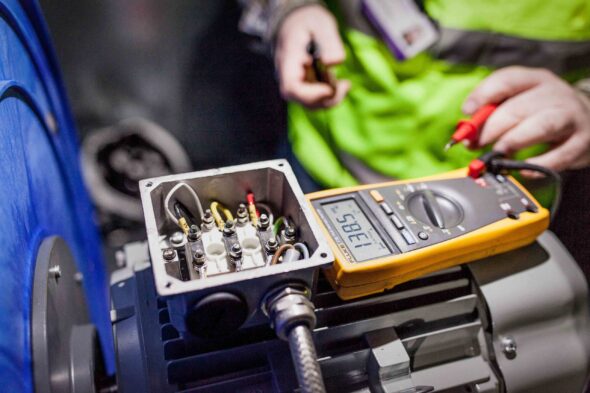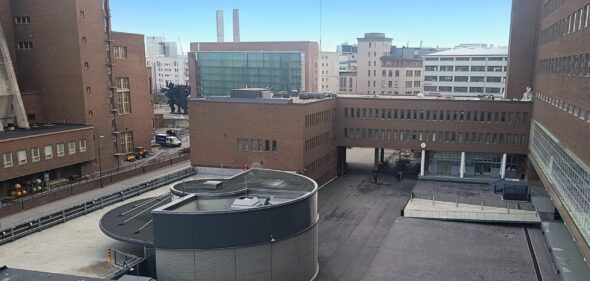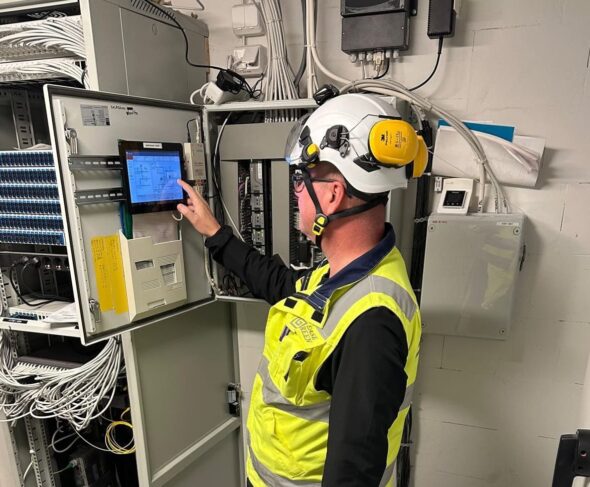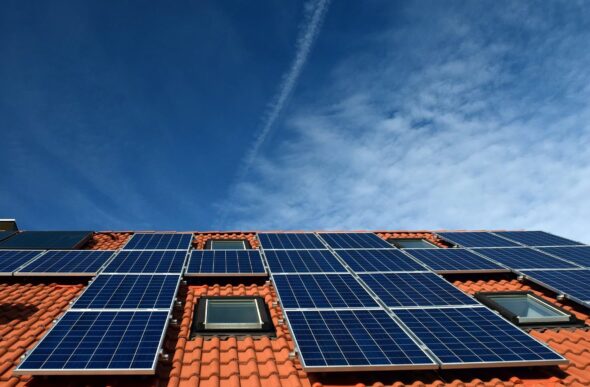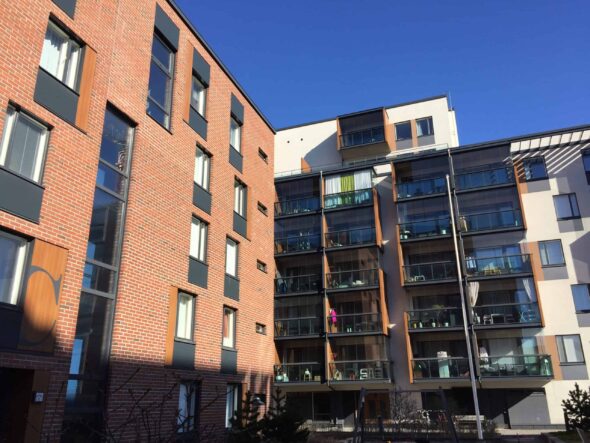History was made in September. A major Finnish real estate investor came out and said that emissions from buildings are already reflected in their price. Some investors are putting more money on the table to own low-emission or carbon-neutral property.
Iiro Nurkkala, CFO of Catella Asset Management – our client and a smart man. According to Nurkkala, Catella’s housing funds have many investors who no longer invest at all in funds that have not taken care to be responsible.
So it’s not just about value or price, it’s about the premium for low-emission real estate. Professional investors are now moving fast to ensure that there are no black cabins left in the portfolio. Investors are trying to assess and manage their risks. The bleakest scenario is a property that cannot find a buyer at any price.
Catella has given us the task of the energy renovation of more than three hundred new homes: a bundle of five housing associations built in 2011 will switch from district heating to geothermal heating. Together with Varma, we are currently implementing a similar but even larger operation. The sometimes soft talk of responsibility is now, at the latest, rapidly turning into hard maths.
The euro is a tough energy consultant
Euro is the main consultant for energy renovation. Catella and Varma cut the cost and emissions of heating buildings by 50-60% through geothermal heating and exhaust air heat recovery. The electrification of heating is supported by photovoltaic panels in many buildings.
Energy costs are practically the only major cost item over which property owners have a significant influence. They account for about a third of the maintenance costs of large properties.
More than half of the energy bill is typically spent on heating the property.
District heating is a reliable source of heat, as is geothermal heat, and emissions from district heating are also reduced. But many energy users want to reduce emissions much faster.
Freedom is also a key motive for property owners. Many district heating customers want to switch to geothermal heat because they do not like unilateral price increases and unfavourable changes in district heating pricing structures. It is difficult to negotiate with a monopoly. The electricity market is more competitive than the heat market.
Professional property owners are also annoyed by insinuations that they can’t count.
The price of district heat for typical apartment buildings in Helsinki, for example, has risen by an average of 5.3% per year between 2008 and 2019, while electricity has increased by an average of 1.5%. Some district heating industry stakeholders argue that past price developments should not be taken into account much when assessing future price increases.
When these discussions then ask what could work better, the answer is typically a reference to a single year when the price of district heating did not increase.
You can imagine how this makes district heating customers feel. Hardly appreciation.
Rather side by side than side against each other
Geothermal heat is a tough extortionist for district heating. The media like to create a confrontation between geothermal and district heating. We prefer to talk about asymmetric competition.
The number of apartment buildings converted to geothermal heating is likely to exceed 1000 properties this year. Demand is strong and growth is steep. However, the market share of geothermal heat in apartment buildings is very small. There are around 62 000 residential blocks of flats in the country, the majority of which use district heating.
The fact that heat pumps cannot be used everywhere also means that a large number of houses remain district-heated. Energy wells cannot always be drilled in the central areas of large cities. Sometimes, however, the economic equation tilts the customer’s decision towards district heating.
Geothermal is a fly and district heating is a mammoth. This situation remains the same, even though the vast majority of new properties are connected to district heating – because of the lower investment costs compared to geothermal. However, the small challenger to district heating ensures that urban monopolies cannot raise heat prices without risk. The pressure from geothermal heat is also pushing district heating to a higher level of ambition in the climate negotiations.
District heating professionals have set ambitious targets, and companies in the sector are doing a genuinely good job of reducing emissions. But modernising large-scale district heating systems is a large, complex and expensive undertaking. As a result, district heating cannot become cleaner as quickly as many property owners would like. This is why property owners are acting rather than waiting.
Action by both is needed. Action by all is needed. We are not standing against each other, but moving forward together.
The figures on energy price developments presented in the text are based on the following sources:
Total price of district heat: Energy Industry
Total electricity price: Statistics Finland
The author Jonni Ahonen is LeaseGreen’s Director responsible for customer relations and sales. LeaseGreen is a cleantech service company specialising in energy efficiency for large buildings.





